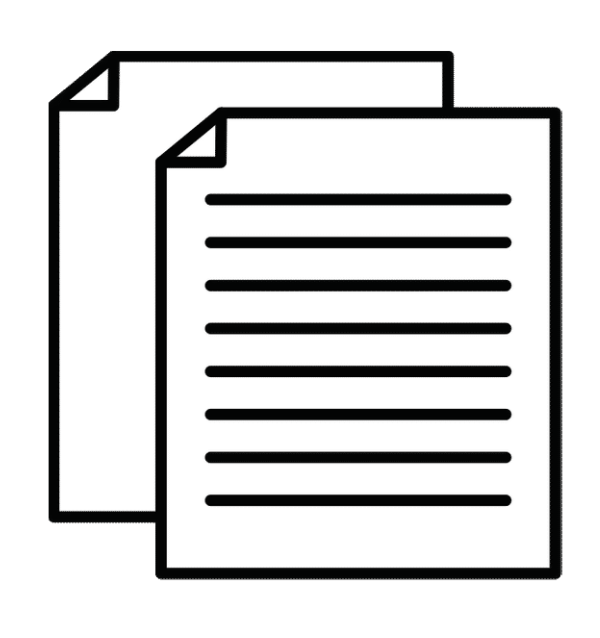-

L.B. Christensen & T. Stevns: A Self-Service Approach to Promote Self-Sufficiency, Independence Among Disabled Students (2017)
Abstract. This paper presents how SensusAccess has been adapted and is being used in higher education to create inclusive educational environments. Reflecting on challenges of providing alternate versions of educational material to students with disabilities, it also discusses how the service can benefit mainstream learners.
-

L. B. Christensen & T. Stevns: Universal Access to Alternate Media (2015)
Abstract. This paper discusses the need for automated alternate media solutions in a world of increasing mainstream inclusion. While society as a whole is shifting from educational, vocational and social segregation of people with disabilities towards inclusion and equal rights, the need to support the blind, partially sighted, dyslexic and other print impaired with textual material in alternate formats remains. Production of alternate media is non-trivial and subject to significant skills and technical proficiency. However, the shift towards mainstream inclusion also means distribution, dilution and erosion of competencies, practices and experience involved in producing alternate media. RoboBraille, an alternate media conversion service, has attempted to distil the competencies and experience of producing alternate media into a set of automated workflows. While emerging digital media and technical platforms should make it easier to obtain alternate versions of mainstream publications, a number of counterproductive measures work in the opposite direction.
-

M. Goldrick, L. B. Christensen & T. Stevns: The Use of Assistive Technologies as Learning Technologies to Facilitate Flexible Learning in Higher Education (2014)
Abstract. This paper presents the argument that some assistive technologies have in recent times become more widely used in education to support all students. Building on research gathered as part of a European funded project, the authors present findings that indicate that students are becoming more aware and sensitive to their own learning preferences and their own styles. More importantly however, the paper suggests that through the evolution of technology, students can now choose how to study, where to study and when to study. Underpinning this change, the paper explores how some assistive technologies have evolved into learning technologies by taking into consideration three factors: European social policy, universal design theory and learning preference theories.
-

L. B. Christensen & A. Chourasia: Document Transformation Infrastructure (2014)
Abstract. Many people face barriers to accessing textual information due to visual, reading or language limitations. They need alternative formats to text such as Braille or audio. However, producing accessible formats is often expensive, time consuming, and requires special expertise and training. RoboBraille offers a cost-effective and timely manner to accessible material production. It provides fully automated conversion of text into a number of alternative formats, including mp3 files, Daisy full text/full audio, e-books or Braille books. As part of Prosperity4all project, RoboBraille will be adapted to fit into the overall technical architecture of the Global Public Inclusive Infrastructure (GPII), and interfaces for new conversion capabilities such as semantic structure recognition, text-to-sign language and language-to-language translation will be added.
-

L. B. Christensen, S. J. Keegan & T. Stevns: A Model for Implementing Robobraille in a Higher Education Institution (2012)
Abstract. The provision of alternate formats for students with print-based disabilities can be challenging. Producing educational material in alternate formats is often time consuming, expensive and requires special knowledge and training of staff. Therefore, in most settings, students are dependent on others, such as disability service personnel or external producers, to obtain their academic materials in their preferred accessible format. Even with these resources available, students may still encounter delays in receiving their alternate formats in a timely manner. For example, a student receiving an inaccessible version of a hand-out or other academic content from a professor on a Friday afternoon may be required to wait until the next business week to receive an accessible version of the document as most institutions or external providers do not run their alternate format production centres seven days per week, year-round. The RoboBraille service offers fully automated conversion of text into a number of alternate formats allowing the individual student to be independent. This paper describes how the RoboBraille Service was turned into a self-service solution for students at Stanford University, called the Stanford Converter into Braille and E-Text – or SCRIBE. The overall purpose of SCRIBE is to encourage students to become self-sufficient by simplifying the production of accessible formats.
-

L. B. Christensen & T. Stevns: Biblus – A Digital Library to Support Integration of Visually Impaired in Mainstream Education (2012)
Abstract. This paper presents the background, status, challenges and planned future directions of the Danish Biblus project which aims creating a digital library solution to be used to support the integration of visually impaired pupils and students in the mainstream educational system. As a supplement to the RoboBraille alternative media conversion system as well as a stand-alone repository for copyrighted educational material in alternate formats, Biblus was created to allow students, teachers, visual impairment professionals and relatives to access digital versions of educational material. Subject to proper access rights, material can either be delivered directly to the user in the formats stored in the library or indirectly via RoboBraille as mp3 files, Daisy full text/full audio, e-books or Braille books. Future versions of Biblus will be available in multiple languages and include digital rights management as well as support for decentralised contribution of material.
